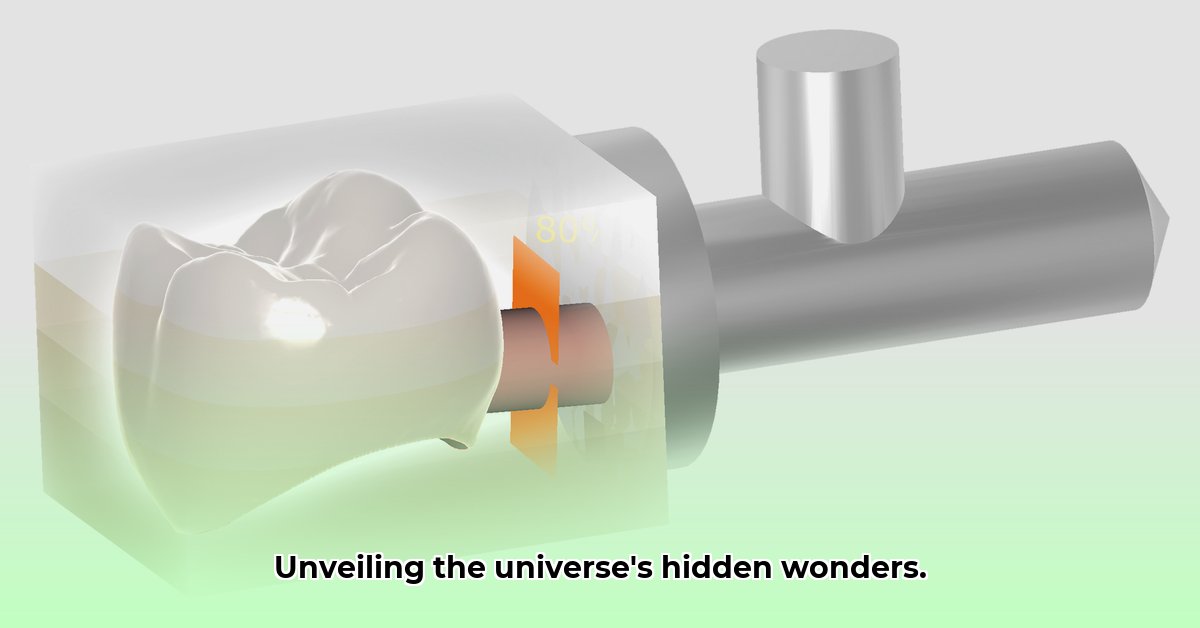
Exocams: Peering into the Depths of Space
Ever wondered what planets orbiting distant stars truly look like? For years, it remained a distant dream. But now, thanks to incredibly powerful cameras—what we call "exocams"—we're beginning to capture breathtaking images of exoplanets, planets orbiting stars beyond our sun. These aren't your average cameras; they're sophisticated instruments designed to overcome the immense challenges of capturing images from billions of miles away. This article delves into the ingenious technology behind exocams, the hurdles overcome, and the remarkable discoveries they've enabled.
How do exocams manage to capture images of planets that are practically invisible next to their intensely bright host stars? The answer lies in a combination of cutting-edge technologies. One critical component is the coronagraph, a device that acts like a sophisticated "sunshade," effectively blocking the blinding starlight and allowing the faint light from the exoplanet to become detectable.
Another significant hurdle is Earth's atmosphere, which constantly shifts and distorts light from space. To counteract this, exocams utilize adaptive optics (AO), a system employing deformable mirrors that dynamically adjust their shape thousands of times per second, compensating for atmospheric turbulence. It's like constantly smoothing out ripples on a pond to obtain a clear reflection. This precise adjustment ensures sharper, clearer images.
But the challenges don’t end there. The faint light from exoplanets is spread across a broad spectrum. To analyze this information, exocams employ specialized filters that isolate specific wavelengths of light, providing data about the planet's atmosphere and surface. By analyzing the colors of light emitted or absorbed, scientists can deduce the planet's composition and conditions. This is analogous to using a powerful magnifying glass to reveal the intricate details of a microscopic painting, providing far more information than a simple visual observation.
The Technology Behind Exocam Imaging
Several cutting-edge technologies work together to make exocam imaging possible. They aren't just individual components, but a powerful combination of advanced capabilities.
| Technology Feature | Description | Scientific Gains |
|---|---|---|
| Coronagraphs | Block the overwhelming glare of the host star, allowing fainter exoplanet light to be detected. | Enables direct imaging of exoplanets by significantly reducing the host star's brightness. |
| Adaptive Optics (AO) | Compensates for atmospheric blurring using deformable mirrors that adjust thousands of times per second. | Drastically improves image sharpness and clarity, revealing more detail. |
| Spectroscopy | Analyzes the spectrum of light from the exoplanet to identify atmospheric gases and molecules. | Determines atmospheric composition and enables the search for biosignatures (potential indicators of life). |
| High-Resolution Imaging | Captures extremely detailed images of the planet's surface. | Reveals surface features like clouds, oceans, and geological structures. |
What can we learn from these images? A considerable amount. Exocam data allows us to build a far more comprehensive understanding of exoplanets. We can determine atmospheric composition, searching for gases that might indicate life. We can estimate their size and mass, providing insights into planet formation and evolution. We might even observe surface features such as oceans or continents, revealing physical characteristics of these distant worlds. This information is invaluable in understanding planetary formation and the potential for life beyond Earth.
The Future of Exocam Technology
The future of exocam technology is bright. Scientists are constantly refining the technology, leading to higher-resolution images and more detailed discoveries. Space-based exocams are under development. Removing the interference of Earth’s atmosphere will result in even clearer images. Some experts predict we'll soon observe detailed surface features and potentially even detect signs of life. However, it's crucial to remember this is a dynamic field of research, and interpretations are subject to change based on new data. Ongoing debate about data interpretation highlights the ever-evolving nature of scientific inquiry. "The challenges are immense, but the potential rewards are even greater," says Dr. Anya Sharma, Astrophysicist at the California Institute of Technology.
The quest to directly image exoplanets is a significant undertaking fraught with challenges and unanswered questions. Present technological and understanding limitations mean the full potential of exocams is yet to be realized. However, advancements already made have revolutionized our comprehension of planets beyond our solar system. The following decades promise even more exciting discoveries as technology advances and unveils new details about our universe and our place within it.